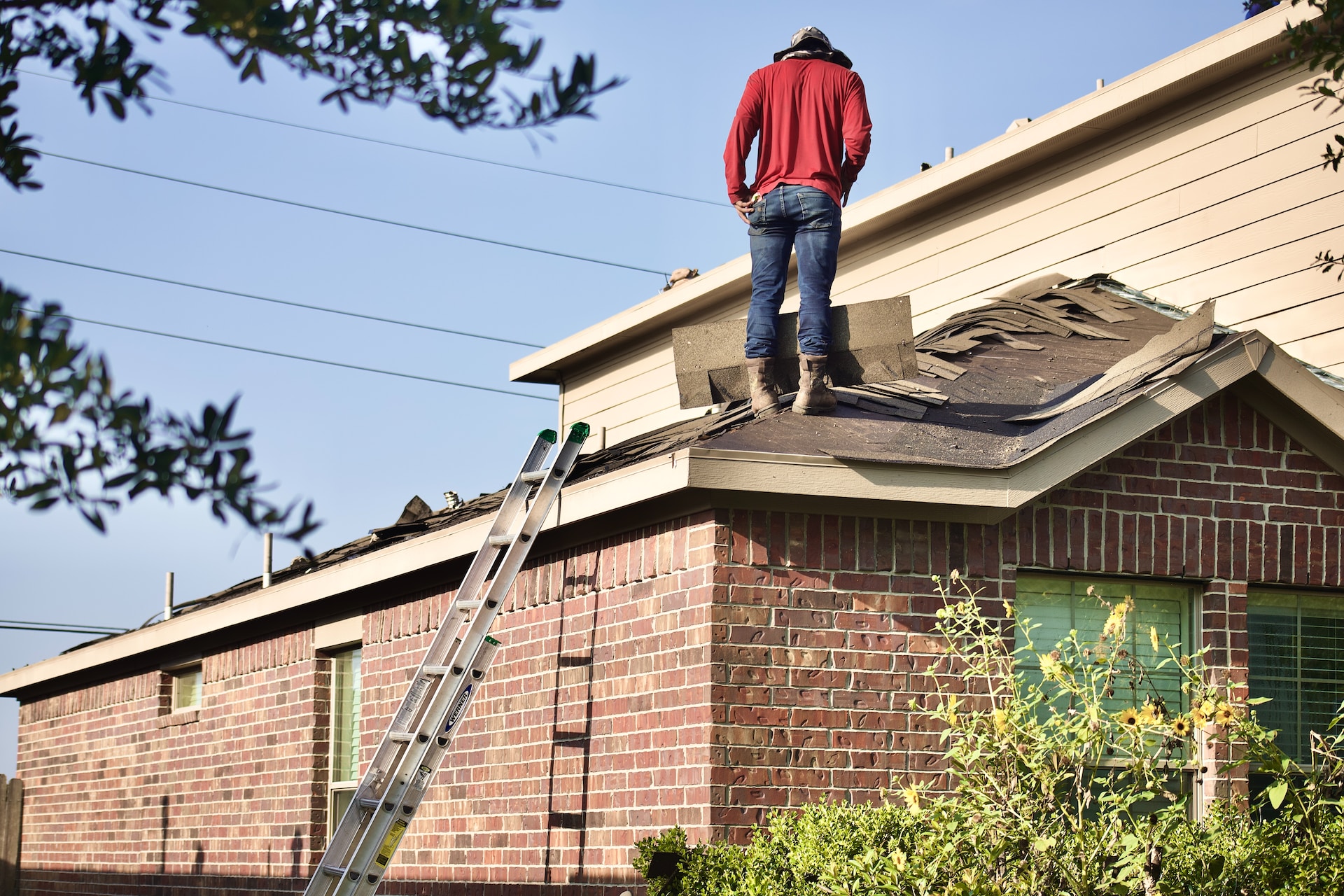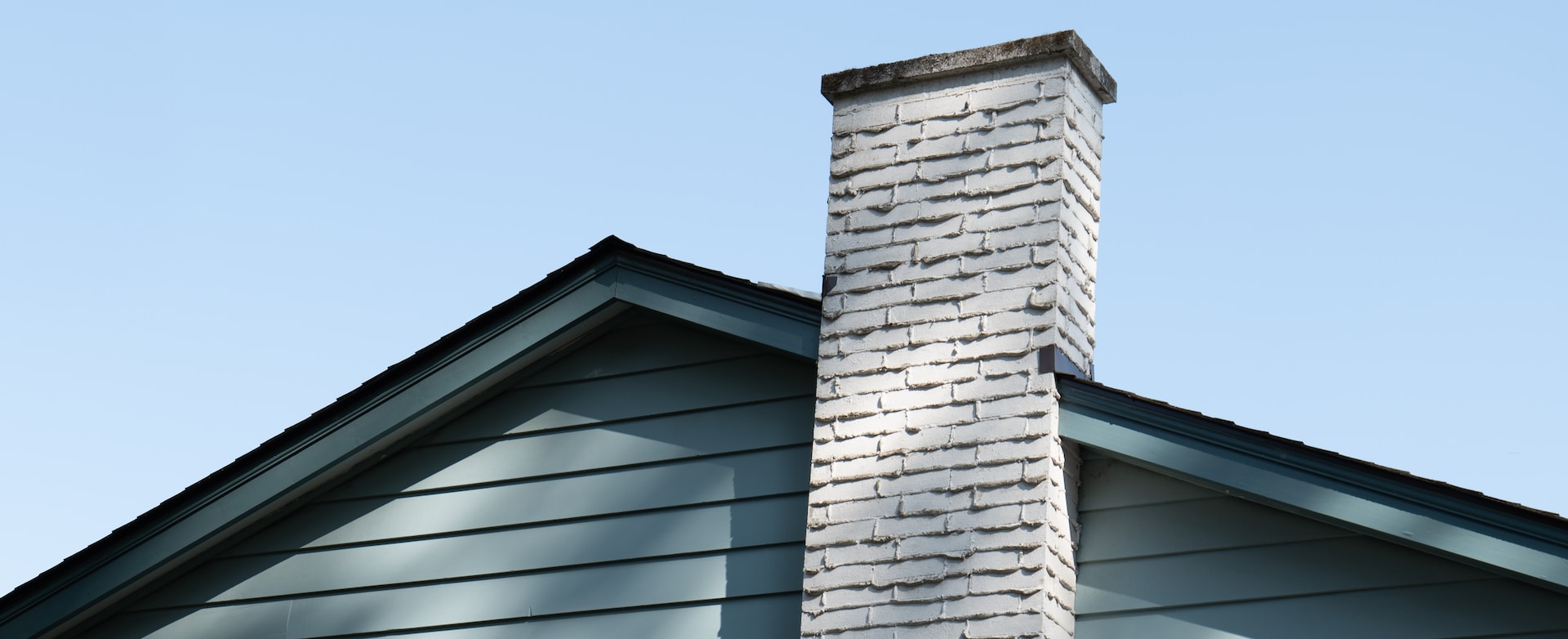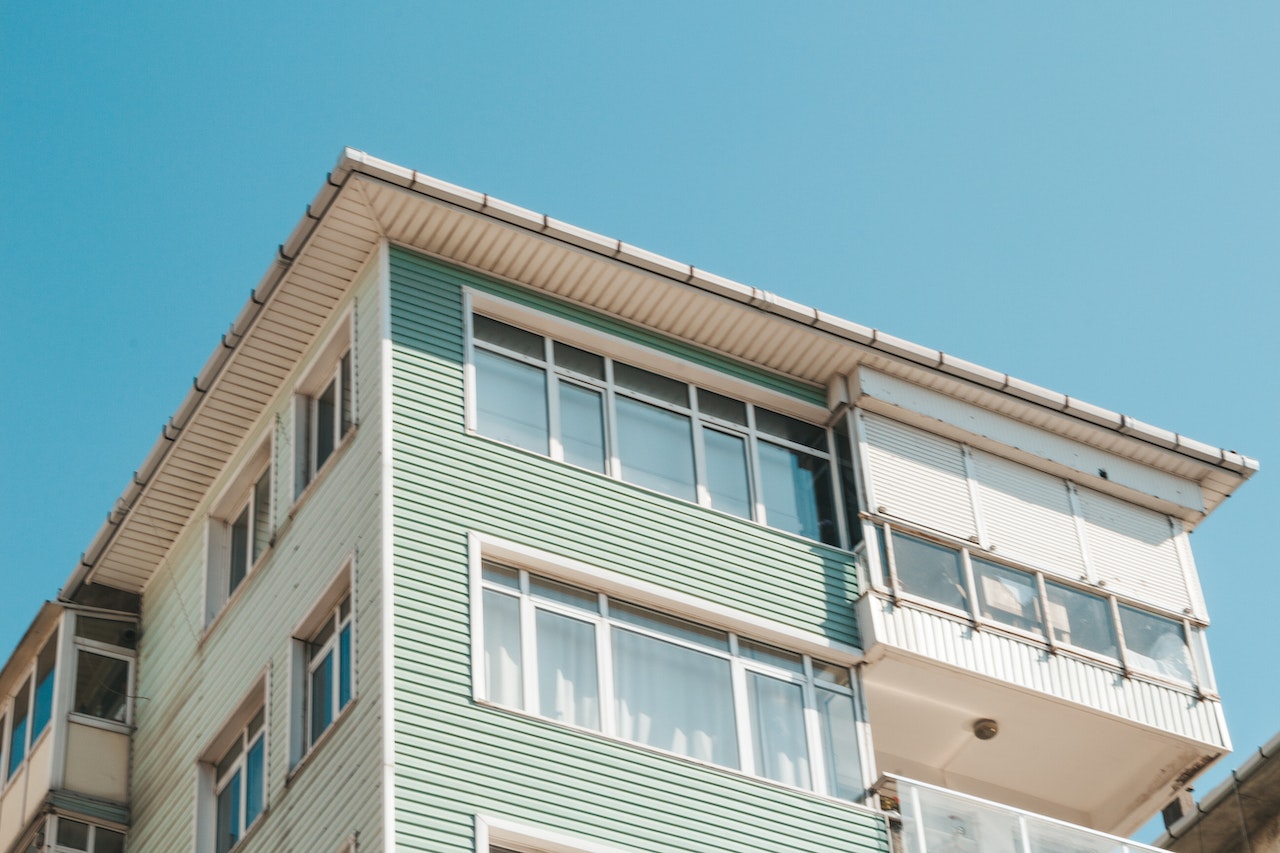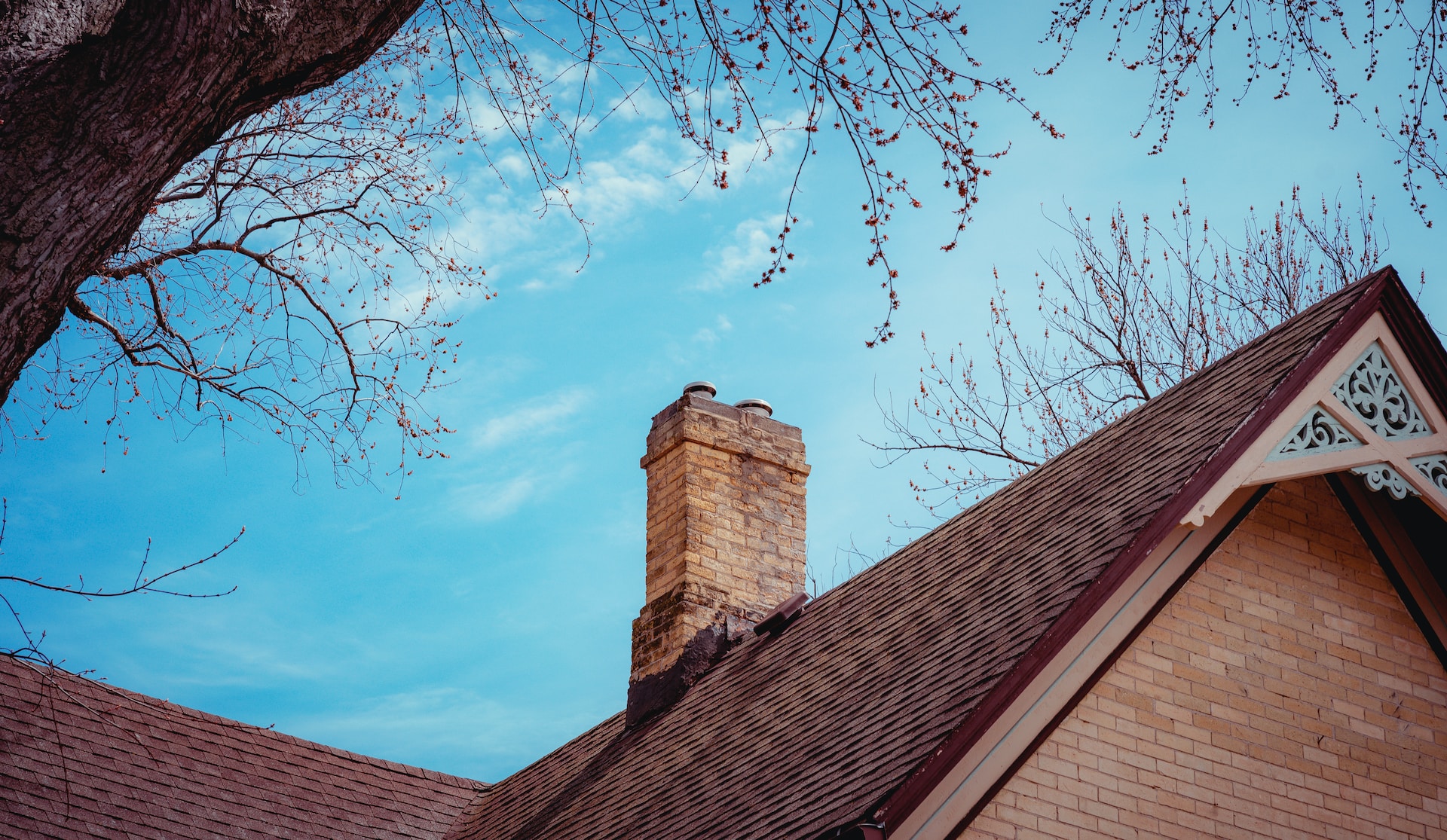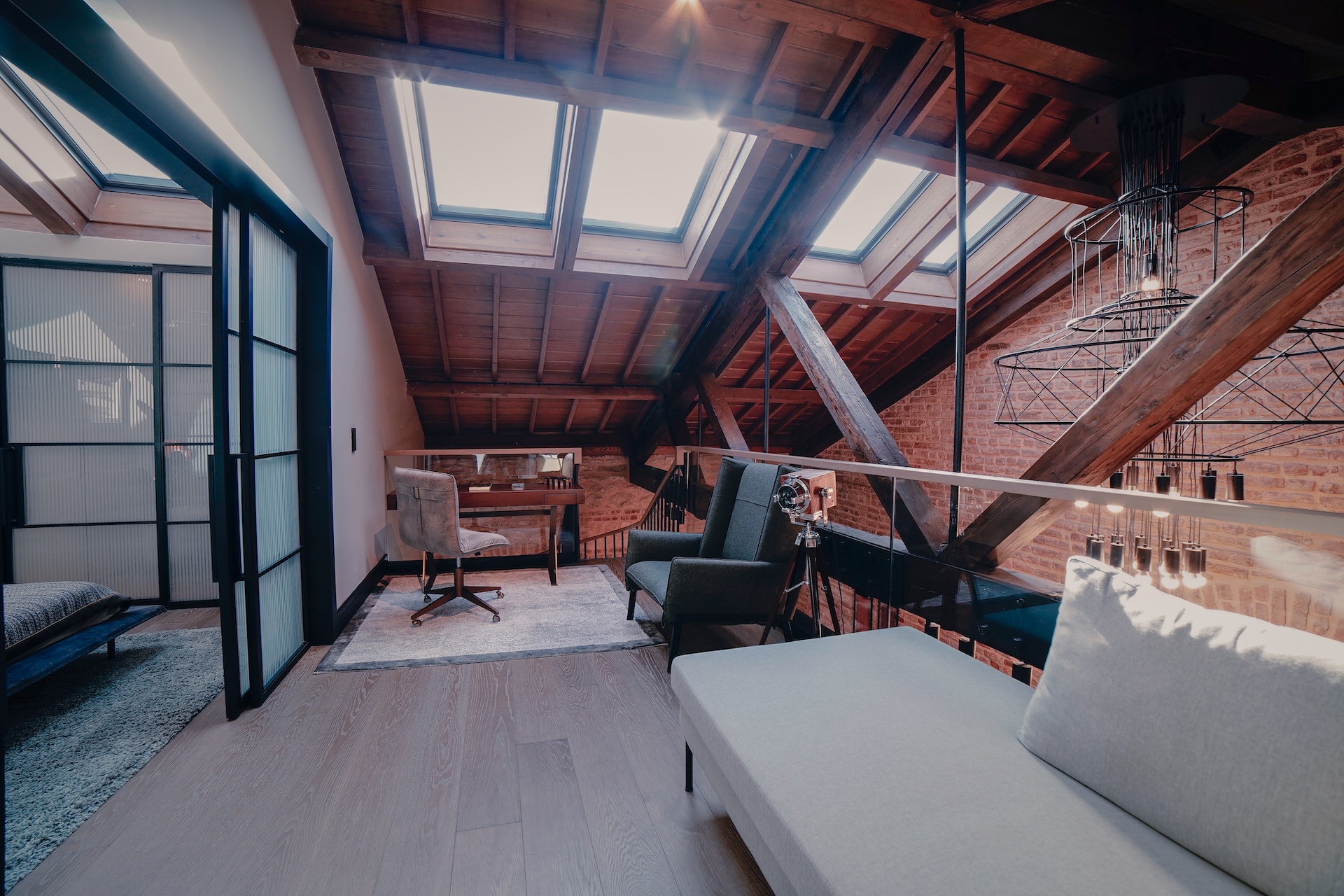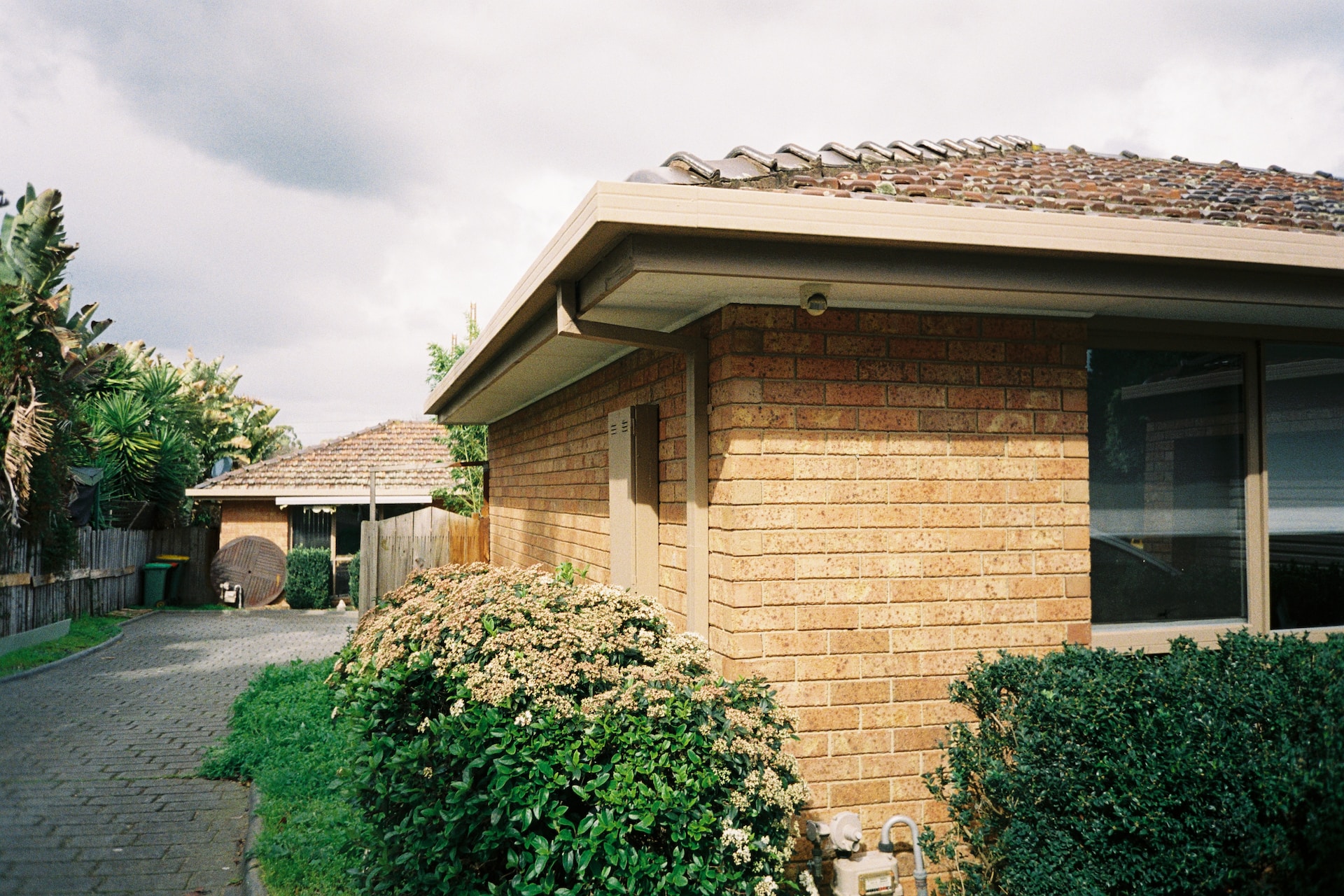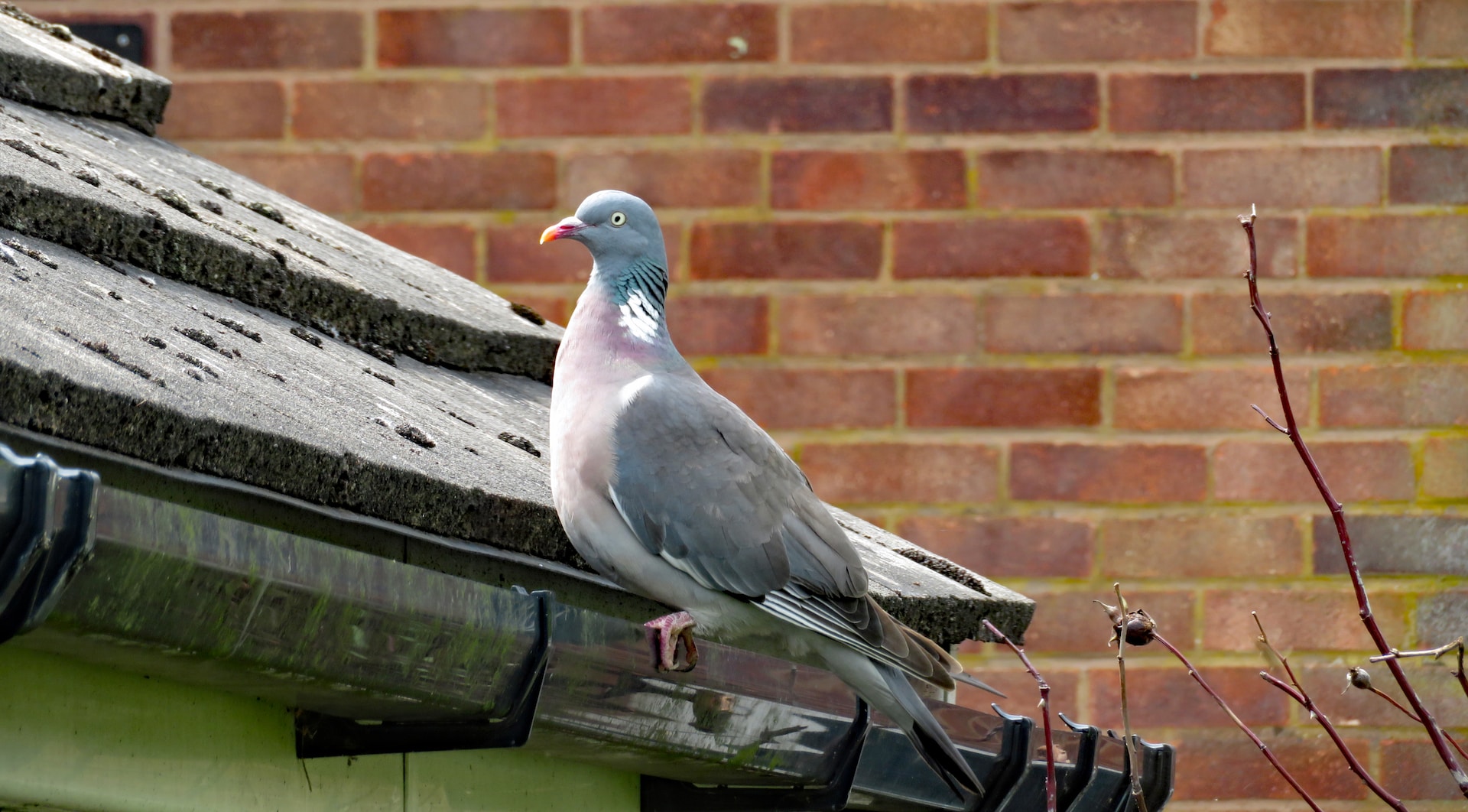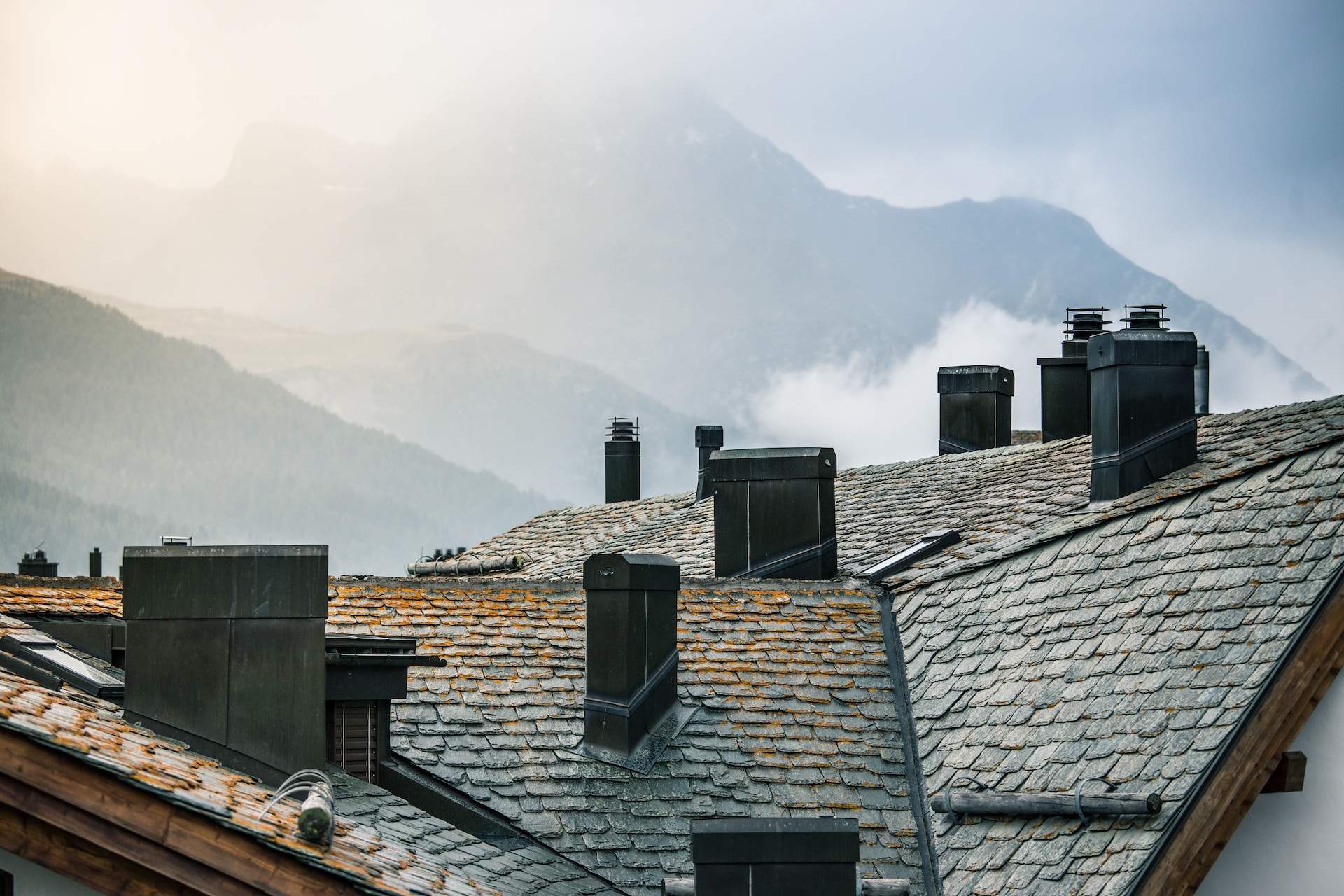Choosing the right roofing contractor for your home or business is a crucial decision that should not be taken lightly. A reliable and experienced roofing contractor can ensure that your roof is installed or repaired correctly, which can save you time, money, and headaches in the long run. However, with so many options available, it can be overwhelming to determine which roofing contractor is the best fit for your needs.
In this article, we will discuss some essential tips to help you choose the right roofing contractor for your project. Whether you need a new roof or repairs, these tips will help you make an informed decision and feel confident in your choice.
Tip #1 – Get at Least Three Quotes
One of the most important things to do when choosing a roofing contractor is to get at least three quotes from different contractors. This will allow you to compare pricing, services offered, and warranties to make an informed decision. Be wary of contractors who provide significantly lower quotes than others, as this may indicate that they are not using quality materials or providing adequate services.
Tip #2 – Check for License and Insurance
Before hiring a roofing contractor, it is essential to verify that they have a valid license and insurance. A license ensures that the contractor has met the necessary requirements and standards for roofing in your area. Insurance protects you from any damages or injuries that may occur on your property during the roofing project.
Tip #3 – Look for Experience and Reputation
Choose a roofing contractor with a reputable and trustworthy reputation in the industry. Check online reviews and ask for references from previous clients. Experienced contractors will have a portfolio of completed projects that they can show you, giving you an idea of the quality of their work.
Tip #4 – Ask About Material Options and Warranties
A good roofing contractor should offer a variety of material options for you to choose from, including different types of shingles, tiles, or metal roofing. They should also provide warranties on their work and the materials used. Make sure to ask about these options before signing any contracts.
Tip #5 – Communication and Customer Service
Choose a roofing contractor who communicates clearly and promptly with you throughout the project. They should be available to answer any questions or concerns you may have and provide updates on the progress of the project. Good customer service is also essential, so choose a contractor who treats you with respect and professionalism.
Tip #6 – Do a Site Visit
Before hiring a roofing contractor, make sure to schedule a site visit with them. This will allow them to assess the condition of your roof and provide an accurate estimate for the work that needs to be done. It also gives you the opportunity to ask questions and discuss any concerns you may have. A reputable contractor will be happy to do a site visit and provide you with a detailed proposal for the work.
Tip #7 – Get Referrals
Ask friends, family, and neighbors for referrals to roofing contractors they have used and were satisfied with. You can also check online reviews and ratings for local contractors. Referrals and reviews can give you a good idea of the quality of work and customer service a contractor provides. It’s always a good idea to get multiple referrals and compare them before making a decision.
Conclusion
Choosing the right roofing contractor requires careful consideration and research. By following these essential tips, you can find a reliable and experienced contractor who will provide quality work and peace of mind.
If you are looking to work with reliable roofers in Dover, NH, contact J. Carnes & Son Roofing. We are the leading and most trusted residential roofing contractor in New Hampshire and Southern Maine. Contact us and let us know how we can help you with your roof today!

